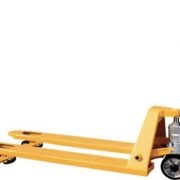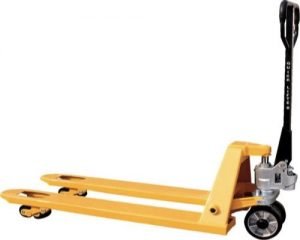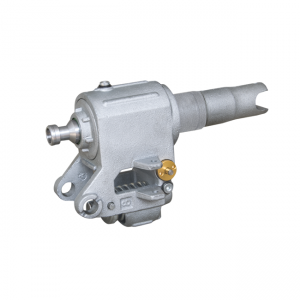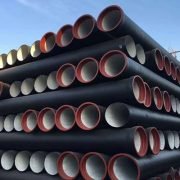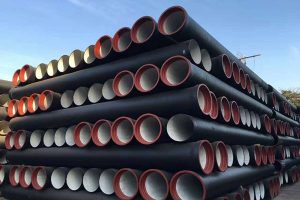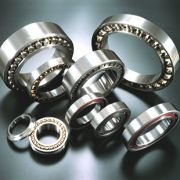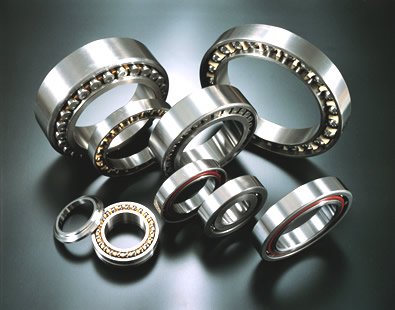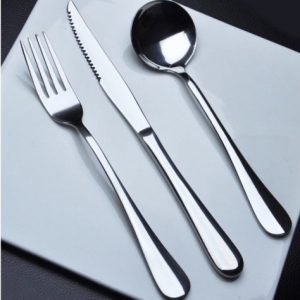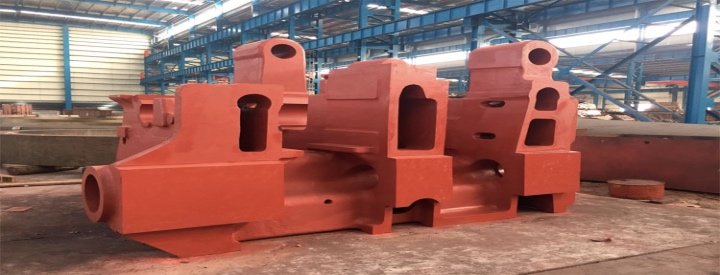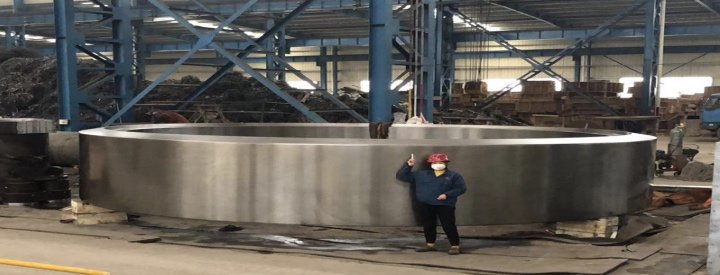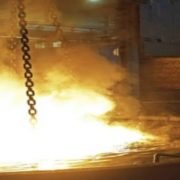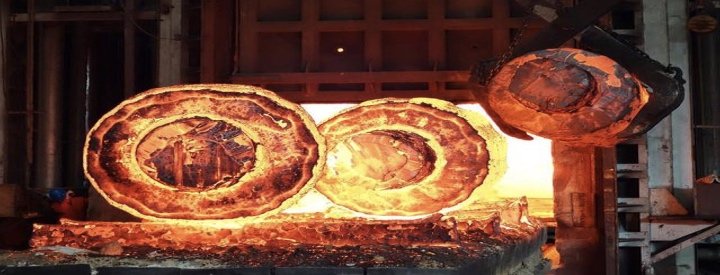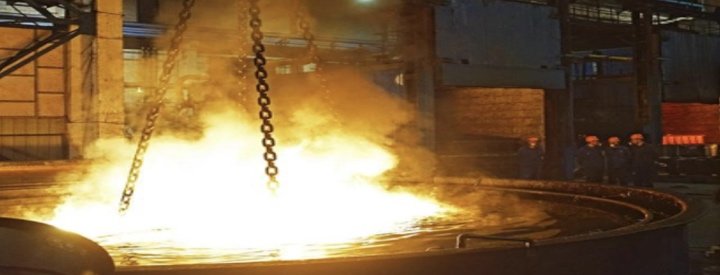How to Choose Forklift Parts?
How to Choose Forklift Parts?
1. Check whether the part numbers and specifications of forklift parts are appropriate
Most forklift parts have a specific part number and technical parameters. When purchasing electrical system accessories, pay attention to checking whether the voltage and power are consistent with those of the replaced accessories. When purchasing forklift engine drive belts, pay attention to the model and length width.
2. See if the trademark logo on the outer packaging is complete
The outer packaging quality of high-quality forklift parts is relatively good. At the same time, the writing on the packaging box is clear, and the overprint color is bright. Some important components, such as generators, starters, hydraulic pumps, etc., are also equipped with instruction manuals, certificates and inspectors’ stamps to guide users in the correct use of maintenance methods. Therefore, you should carefully recognize when purchasing to prevent buying fake forklift parts.
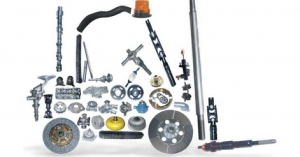 3. See if the shape and size of forklift parts are deformed
3. See if the shape and size of forklift parts are deformed
Some forklift parts are prone to deformation due to improper manufacturing, logistics, and storage.
- You can roll the shaft part along to see if there is light leakage at the joint between the parts. And roll the glass plate to judge whether it is bent.
- When choosing the forklift clutch driven disc steel plate or friction plate, you can hold the plate close to your eyes to observe whether it is warped.
- When choosing seals such as forklift oil seals, the end surface of the oil seal with a frame should be in a perfect circle, which can be fitted to the plate glass without warpage. And the outer edge of the non-skeleton oil seal should be straight. You can hold it by hand to deform it to see if it is able to return to its original shape after letting go.
- You should also use professional measuring tools to check the geometric dimensions and shapes when purchasing gaskets.
4. Check whether the joint parts of the forklift parts are flat
In the process of handling and storage of forklift parts, burrs, indentations, breakages or cracks may occur at the joints due to vibration and bumps, which may affect the installation and use of forklift parts. Therefore, you should check the joint parts during purchase or inspection.
5. Check for rust on the surface of forklift parts
The surface of qualified parts has both a certain precisionand a bright finish. The more important parts are, the higher the precision, and the stricter the rust and corrosion protection of the packaging. You should replace the parts if they are found to have rust spots, mildew spots, cracked rubber parts, loss of elasticity, or obvious cutting tool lines on the surface.
6. Check whether the protective surface of forklift parts is intact
Most accessories are coated with a protective layer at the factory. For example, piston pins and bearing bushes are generally protected by paraffin, while the surfaces of forklift piston rings and cylinder liners are coated with anti-rust oil and wrapped in wrapping paper. The valves and pistons of forklift engine parts are soaked in anti-rust oil and sealed in plastic bags. You should return or exchange the parts if the sealing sleeve of the sealed bag is broke, the packing paper is missing, or the rust preventive oil or paraffin is lost.
7. See if the glued parts are loose
The forklift parts formed by two or more parts are formed by pressing, bonding or welding. No looseness between the accessories is allowed. For example, the forklift oil pump plunger and the adjusting arm are assembled by pressing; the forklift clutch pressure plate and the clutch plate are riveted; the forklift friction plate and the steel plate are riveted or glued; the filter core frame and filter paper of various filter elements are glued; the circuit wires of electrical equipment are welded. You should replace the parts if find and looseness during purchase.
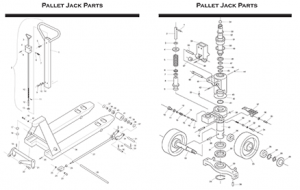
8. See if the rotating parts are flexible
When purchasing a forklift oil pump and other rotating parts assembly, turn the pump shaft by hand to feel flexible and free from jamming. When purchasing a needle roller bearing, support the inner ring of the bearing with one hand and rotate the outer ring with the other hand. The outer ring should be able to rotate quickly and freely, and then gradually stop. If the rotating parts do not rotate properly, it means that the internal rust or shape has been deformed, which will affect the use, and should be returned or replaced.
9. See if there are any missing parts in each assembly
For high-quality forklift assembly components such as the clutch or transmission of the forklift transmission system, the parts and accessories must be complete and intact to ensure the smooth and normal operation of the assembly. If individual small parts are missing, the assembly parts will not work or even be scrapped.
10. See if the assembly marks of forklift parts are clear
In order to ensure that the assembly relationship of other mating parts meets the technical requirements, assembly marks are engraved on the surface of some parts (such as timing gears). If there is no mark or the mark is fuzzy and unrecognizable, it will bring great difficulties to the assembly work, or even bring out wrong installation.
11. Check whether the mating surface is worn or not
If there are signs of wear on the mating surface of the accessories, or the painted accessories find old paint after removing the paint on the surface, it is mostly disguised as scrap parts. In this case, you can directly request a replacement.
12. Check whether the surface hardness of forklift parts meets the standard
The surface hardness of each mating part has specified requirements. After confirming the purchase and negotiating with the merchant, the stubble of the hacksaw blade can be used to test scratch. If there is no scratch when scratching, it means that the hardness is high. If there are obvious marks after scratching, it means that the hardness is low. However, it is necessary to pay attention not to damage the working surface of the accessories during the test.

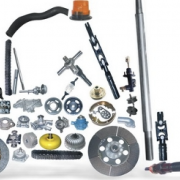
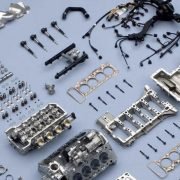
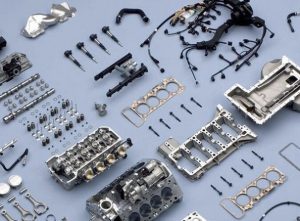
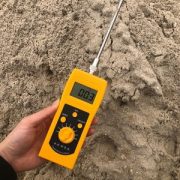
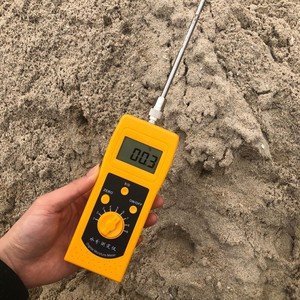
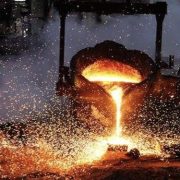

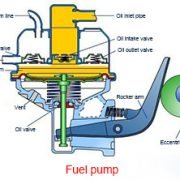
 Working principle diagram of forklift oil pump
Working principle diagram of forklift oil pump